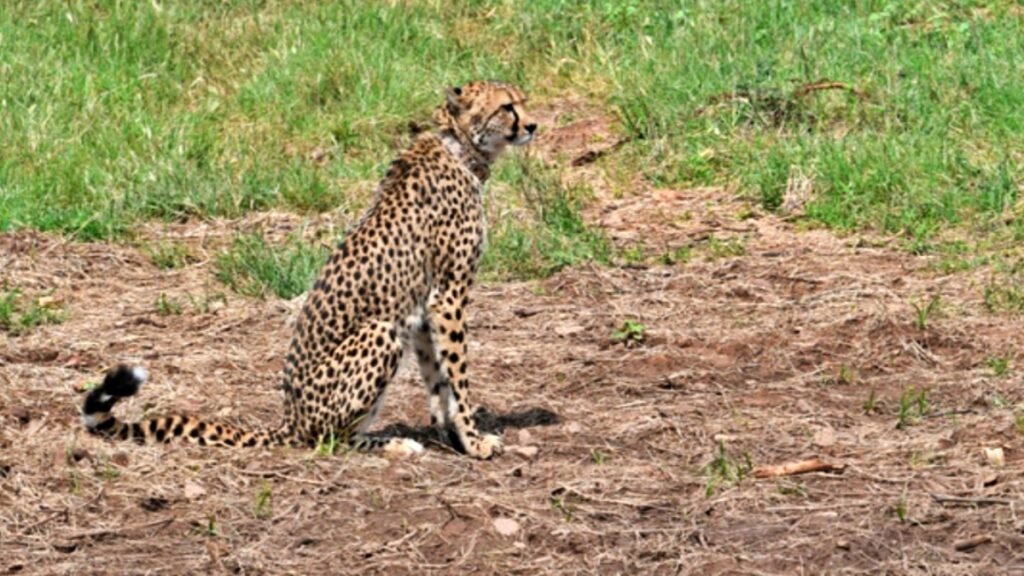
New Delhi: The government has confirmed that four cheetahs, including Shaurya, the first male cheetah to be brought from Namibia, have died of septicemia, a serious blood infection caused by bacteria or other germs. This brings the total number of cheetah deaths to 10 since the launch of Project Cheetah in 2022, an ambitious initiative to restore the population of the world’s fastest land animal in India after it went extinct in 1952.
Environment Minister Bhupendra Yadav revealed the cause of death in a written reply to a question raised in the Rajya Sabha on Friday. He said that Shaurya, who was one of the eight cheetahs translocated from Namibia in September 2022, succumbed to septicemia on January 16 at Kuno National Park in Madhya Pradesh, where he was kept in a quarantined enclosure along with the other cheetahs.
He also informed the Upper House that three other cheetahs – Tibilisi, a female from Namibia, and Tejas and Suraj, two males from South Africa – had died of the same infection last year. According to the Environment Ministry’s annual report on Project Cheetah, septicemia is a common cause of mortality among cheetahs, especially when they suffer from wounds on their back and neck or are infested by insects. It is unclear whether Shaurya had any such injuries or infestations.
Yadav assured the parliament that the government is committed to the success of Project Cheetah and has plans to bring 12-14 more cheetahs from South Africa, Namibia, or any other African country in the next five years, depending on the availability of the animals. He said that the preparations have been started to house the cheetahs in Gandhi Sagar Wildlife Sanctuary in Madhya Pradesh, which has been identified as a suitable habitat for the species.
He also said that out of the 20 adult cheetahs and 11 cubs that were brought to India from Africa, seven adults and three cubs have died so far. Of the 11 cubs, seven were born in India last month, indicating the potential for breeding and increasing the population of the cheetahs.

Officials involved in Project Cheetah said that one of the major challenges in the first year of caring for the cheetahs in India was that some of them developed ‘winter coats’ during the Indian summer and monsoon seasons, due to the difference in climatic conditions between Africa and India. Winter season in Africa is from June to September, while in India it is from December to February. Officials said that some cheetahs with winter coats experienced itching and irritation in their skin during the extreme heat and humidity in India and rubbed their necks on tree trunks or the ground, exposing them to bacterial infection or septicemia from insects or their eggs. They said that they are taking measures to prevent such incidents and provide adequate care and treatment to the cheetahs.





















































